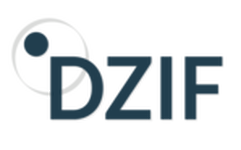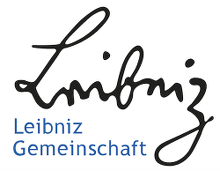Clinical research on the pathophysiology of Lassa fever
Lassa fever is a viral hemorrhagic fever (VHF) occuring in seasonal outbreaks in West Africa with Nigeria being a hotspot. The disease has a high fatality rate of up to 30% and currently there is no approved vaccine or treatment. Lassa fever is caused by contact with rodents but can also spread from human-to-human. Handling of Lassa virus, the causative agent of the disease requires a biosafety level 4 high-containment laboratory. For our clinical research activities we are collaborating with the Institute of Viral Hemorrhagic Fevers & Emergent Pathogens at the Irrua Specialist Teaching Hospital (ISTH) in Edo State, Nigeria. ISTH and BNITM have collaborated since more than 15 years on VHF research. A diagnostic laboratory capable of detecting major VHF agents and other emerging infectious agents has been established on-site, as well as a clinical trial and training center and an isolation ward. Patients are recruited on the ward and basic analysis of samples are carried out on-site using glovebox-laboratories (see picture below). Further samples may be shipped to BNITM under strict adherence with international biosafety procedures and then further analysed in the BSL4 laboratory.
Pathogenesis study
To date it is not clearly understood how Lassa virus causes pathology. Actual hemorrhage is rare. Most severe Lassa fever cases show some form of neurological impairment, clinical signs of meningitis and may exhibit seizures. In addition, acute renal failure is common that progresses rapidly requiring hemodialysis in many cases. The development of therapeutics and other medical countermeasures to treat Lassa fever is greatly hindered by the lack of our understanding of its pathology. We are therefore recruiting cohorts of patients with distinct organ manifestations. Cases are examined in detail also using non-invasive diagnostic equipment (EEG, ultrasound, etc.) and well characterizsed. Laboratory testing including measurement of standard parameters on-site but also more advanced markers of inflammation and neurological or renal damage, coagulopathy, etc. are measures at the BSL4 laboratory in Hamburg.
Minimal-invasive tissue sampling (MITS) study
To finally understand the tissue pathology of Lassa fever we are colleting postmortem samples from relevant organs using a technique called MITS (minimal-invasive tissue sampling). MITS employs ultrasound-guided biopsies on the deceased to collected specimens for laboratory analysis (microscopy / histopathology, transcriptomics etc.). This method poses no greater biosafety threat than regular patient management compared to full open autopsy which is virtually impossible in a VHF / BSL4 agent setting.



Clinical management and capacity building
A vital part of our activities is also to suppor the clinical management and capacity building for the treatment of VHF patients at ISTH. In this regard, several non-invasive diagnostic tools have been established on site such as EEG, ultrasound. In 2022 a point-of-care (POC) laboratory was established. Many labroatory investigations are not availble to the Lassa fever patients as their infectious samples may not be handeled in the main hospital laboratory. We therefore installed the POC laboratory with devices for on-site testing of inflammatory and acute phase markers, blood gas analysis, coagulation studies, etc. to support the clinicians in managing acutely ill Lassa fever patients. The POC laboratory also disposes of a microscopy facility and urinalysis station.












